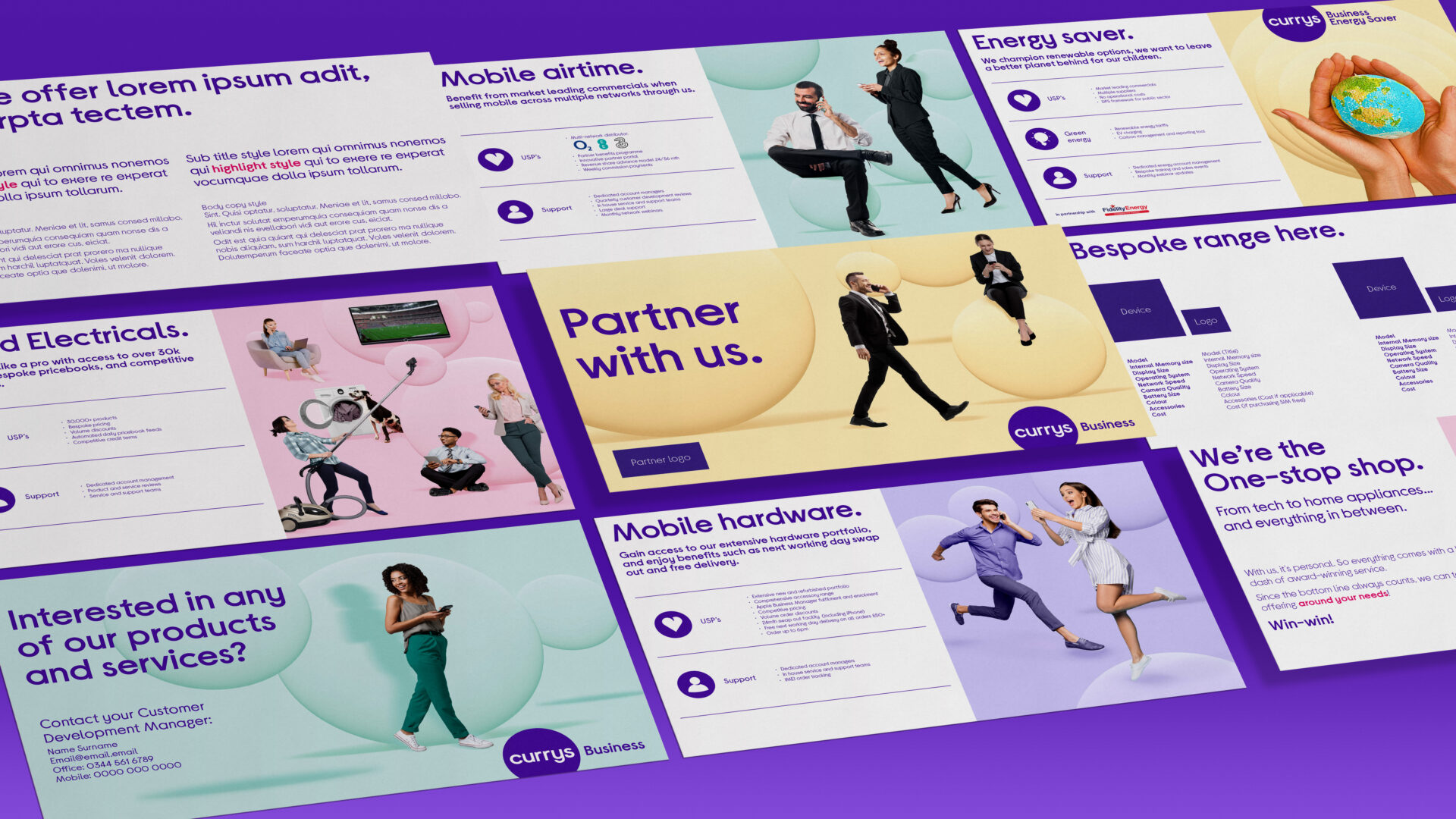
Blog
Creating a Flexible Brand Framework for IT Companies: Templates and Tools
Why a Flexible Brand Framework Matters
Providing a brand framework with tailored templates not only creates a cohesive look but also empowers teams to innovate while staying within set brand parameters. Offering this structure will help your design teams save time, prevent confusion, and ensure that everyone—from marketing to sales—adheres to the new visual guidelines.
What Should a Flexible Brand Framework Include?
- Platform-Specific Templates
Equip teams with pre-built templates for essential platforms like:- PowerPoint presentations for client pitches and internal briefings.
- Social media graphics tailored to platforms like LinkedIn, Twitter, and Instagram, ensuring optimal sizing and visuals.
- Microsoft Teams backgrounds for consistent branding in virtual meetings.
- Website banners and email templates that align with your digital-first strategy.
These templates ensure a consistent look across all touchpoints, with adaptability for regional or campaign-specific modifications.
- Brand Guidelines for Flexibility
Your guidelines should be clear but allow flexibility for teams to adjust within certain boundaries. These should cover:- Colour palette options: Include core brand colours but allow for secondary palettes to ensure enough variety across platforms while keeping brand identity intact.
- Typography guidance: Ensure font styles are consistent but offer alternatives for different types of media (e.g., print vs. digital).
- Logo usage rules: Provide guidelines for where and how to use the logo, but allow simplified versions or taglines for smaller or social media-specific assets.
- Automation Tools: Integrate automation tools like AI-driven compliance checkers to help teams adhere to brand rules when creating new content. These tools can automatically flag inconsistencies in logo placement, font use, or colour schemes, ensuring teams follow the guidelines with minimal manual oversight.
- Customisable Assets: Ensure that while templates are pre-defined, they offer enough customisation for local markets or specific campaigns. A great example would be to allow marketing teams to add campaign-specific messaging without altering the fundamental brand design.
How CI Group Can Help
We support teams with a structured, adaptable framework, we can ensure that every team, from marketing to sales, uses the same cohesive brand language, driving both consistency and creativity. Get in touch to learn more – ed.devine@cigroup.co.uk
